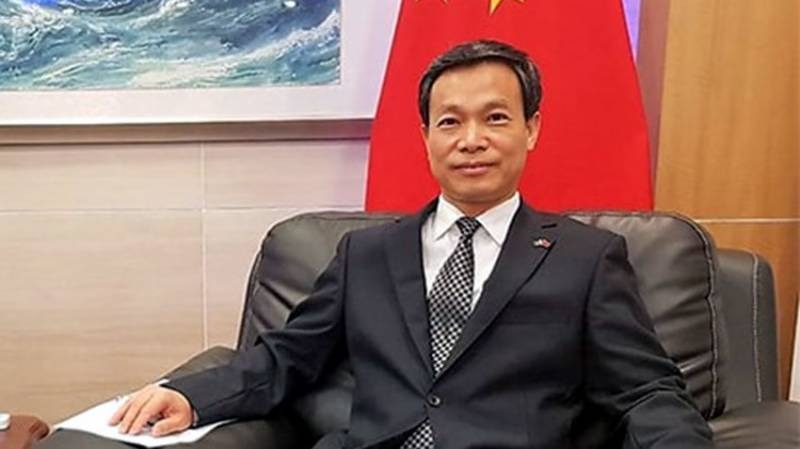Zheng Shanjie, head of the National Development and Reform Commission (NDRC), announced that China’s economy is expected to grow by more than 35 trillion yuan ($4.89 trillion) during the 14th Five-Year Plan (2021–2025). He made this statement during a press conference highlighting China’s socio-economic progress.
Zheng noted that China’s economy maintained an average annual growth rate of 5.5% over the past four years, despite global challenges like the pandemic and external trade pressures, an extraordinary feat for a large economy.
He emphasized China’s growing economic vitality, citing a nearly 50% increase in R&D spending from 2020 to 2024, an additional 1.2 trillion yuan, and a rise in the number of registered private enterprises to over 58 million by May 2025, marking a 40% increase from 2020.
Zheng pointed out significant improvements in public services, including education, healthcare, and transportation. Over 95% of the population is now covered by basic health and pension schemes, and high-speed rail lines have expanded by over 10,000 kilometers, improving connectivity across the country.
Highlighting the people-centered approach to development, Zheng stressed that every data point reflects progress in improving citizens’ quality of life.
He further noted progress in establishing a unified national market, broader market access, and rapid private sector growth, with private business registrations rising more than 40% since 2020.
On the environmental front, Zheng highlighted China’s advances in green development. Forest coverage now exceeds 25%, contributing a quarter of the world’s new green spaces since 2020, and clean energy makes up over one-third of national electricity consumption.
Major rivers like the Yangtze and Yellow Rivers now meet Class II water quality standards, and Zheng described green development as the new hallmark of China’s high-quality growth model.
He also discussed the strengthening of China’s strategic foundations in food, energy, and manufacturing security. More than 1 billion mu (around 67 million hectares) of high-standard farmland has been developed, and China has established the world’s largest clean energy system.
Between 2021 and 2024, China reduced its energy consumption per unit of GDP by 11.6%, equivalent to cutting 1.1 billion tonnes of CO₂; nearly half the EU’s total carbon emissions in 2024. Zheng called this a demonstration of China’s responsibility as a major global power.
With fewer than 180 days left in the 14th Five-Year Plan, Zheng said China now has a stronger foundation, more robust institutions, and greater innovation momentum, all driving it steadily toward high-quality development. He expressed full confidence as the country prepares for the 15th Five-Year Plan.
Regarding growth drivers for the coming years, Yuan Da, NDRC secretary-general, emphasized domestic demand as the key anchor of China’s growth.
Yuan explained that China’s massive domestic market holds enormous potential and has consistently served as the primary engine of economic growth.
Despite global uncertainties, domestic demand contributed an average of 86.4% to GDP growth between 2021 and 2024, supporting an annual growth rate of 5.5%.
During this time, consumption alone accounted for an average of 56.2% of growth—an 8.6 percentage point increase from the previous five-year period (2016–2020). Yuan concluded that a strong domestic market is essential for maintaining China’s economic momentum.
Related Posts

















